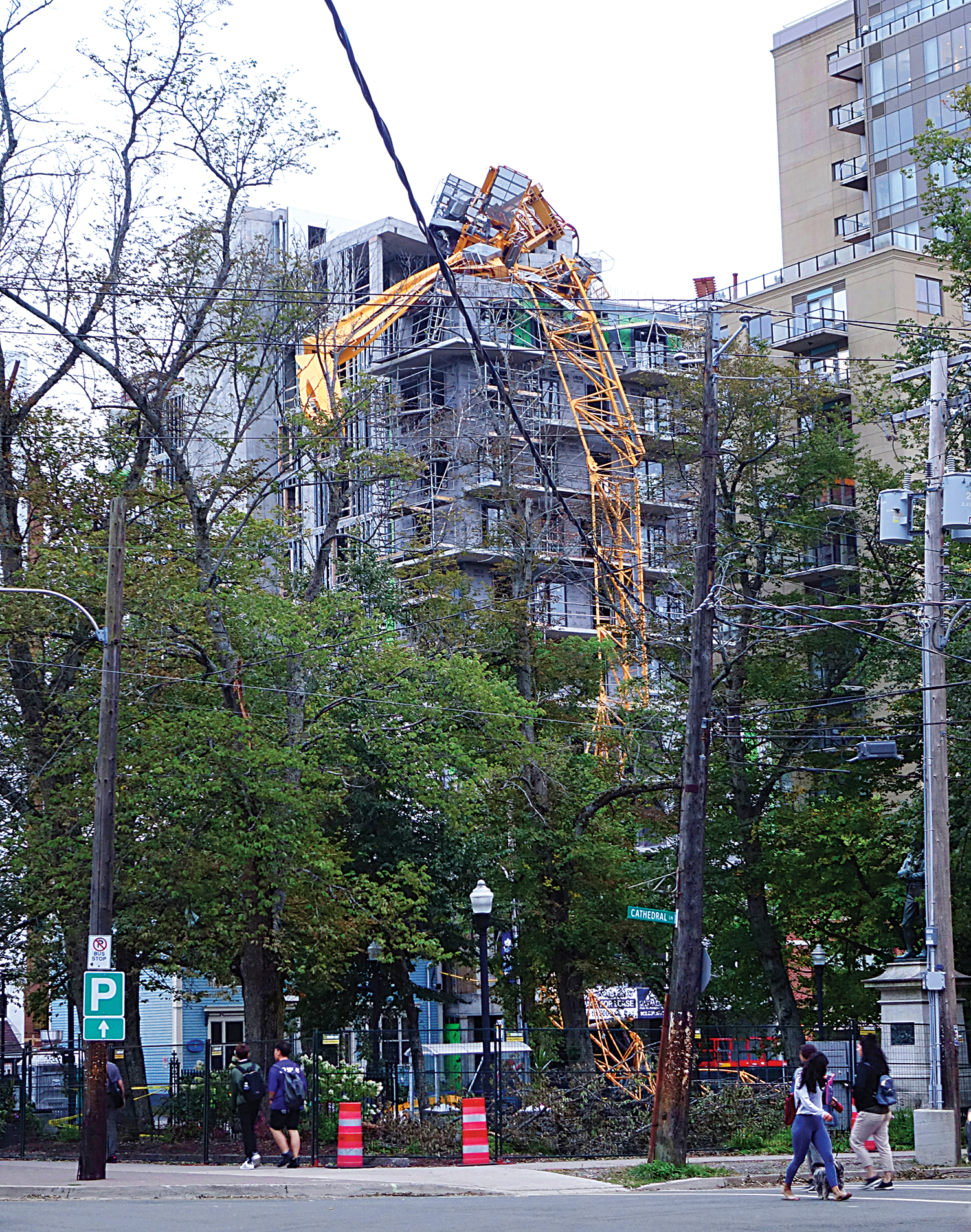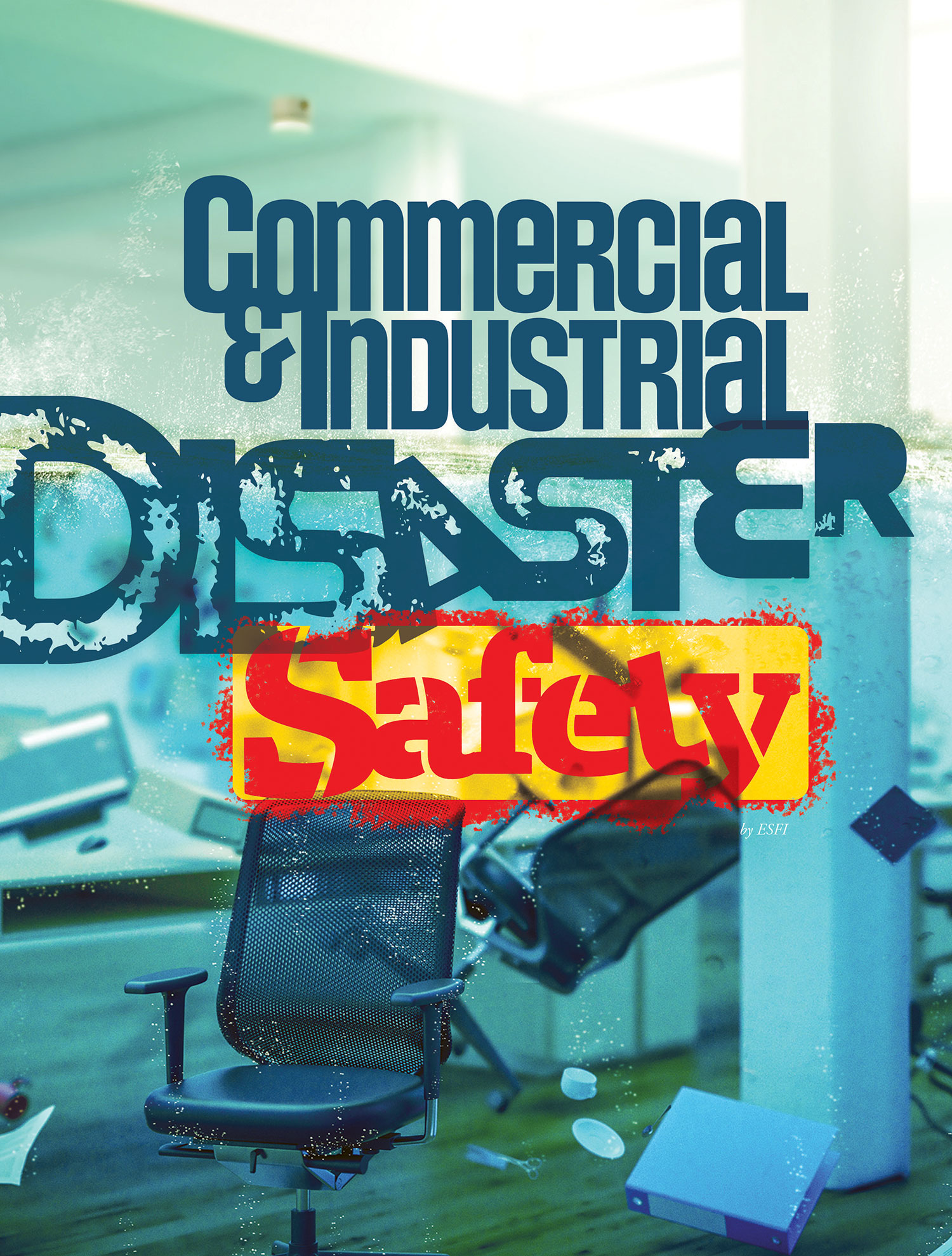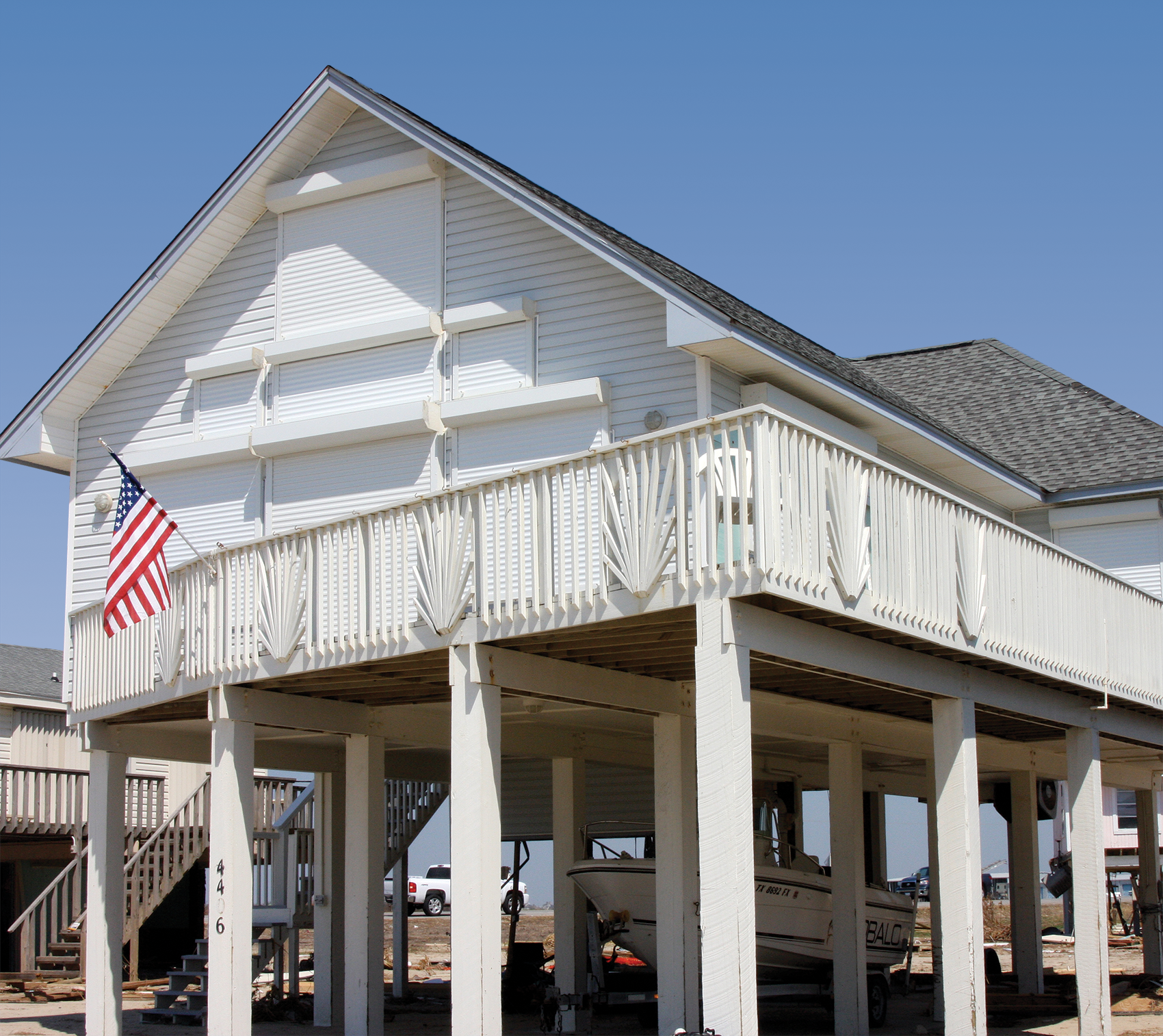Over the past several months, we have experienced devastating natural disasters. Hurricanes, tornadoes, floods, and wildfires have resulted in record numbers of fatalities and uncountable costs in damage.
Last month, Hurricane Dorian destroyed an estimated 13,000 homes in the Bahamas. The loss of life is still unknown. After hitting the Bahamas as a Category 5 hurricane, Dorian left a trail of destruction up the East Coast of the United States all the way to Nova Scotia. Even at the tail end of the storm—by the time it hit Nova Scotia, it was a mere Category 2—it left more than 420,000 customers without power; it downed power lines and poles; it toppled a crane; it caused significant damage. In September, the flood damage in East Texas caused by Tropical Storm Imelda rivaled that of Hurricane Harvey, which hit the same area just two years prior. The list of recent disasters goes on and on.
We can’t control Mother Nature. We can’t stop natural disasters from occurring, nor minimize their strength. And while the debate on global warming continues, we can guess that storms like Dorian, Irma, and Harvey will continue to increase in strength.
We’re dependent on the electrical infrastructure that runs our homes and businesses. In June, the Dallas area—home to IAEI’s International Office–experienced a microburst: an intense downdraft within a thunderstorm. Wind speeds of up to 100 miles per hour damaged property and disrupted electrical service. I experienced first-hand the loss of electrical power on the community. It took days for power to be restored, and during that time there were line-ups at gas stations; businesses and banks couldn’t process payments; cellular and internet services went down after their battery backup systems depleted. I can’t imagine the effect the loss of power had on individuals who depend on the use of medical equipment.
So what can be done to protect lives and property? Organizations such as the National Fire Protection Agency (NFPA), the CSA Group (formerly the Canadian Standards Association), and the International Code Council have developed standards, are developing new code rules, and are recommending guidelines that will help minimize damage and risk of electrical hazards. The CSA Group is proposing new rules to deal with areas subject to floods and high winds. NFPA developed NFPA 70B, Recommended Practice for Electrical Equipment Maintenance, to prevent equipment failures and injury to workers. Derek Vigstol, senior electrical content specialist at NFPA, gives an essential overview of NFPA 70B is this issue of IAEI News. The International Code Council updated the International Building Code, International Residential Code, and the International Existing Building Code to incorporate best practices in buildings located in flood plains and earthquake-prone communities.
In this issue, our writers present challenges and solutions to reduce the risk of these natural disasters. Chad Kennedy discusses contingency planning for business operations during a natural disaster and explains how to create a detailed emergency recovery plan to ensure continued operations. Emily Pollock reveals how experts in the architecture, engineering, and construction industries are rethinking old building envelopes to keep buildings safe during disasters. The Federal Emergency Management Agency reports on ways to mitigate flood loss in residential electrical systems.
After a storm, it is imperative to understand the proper way to deal with water-damaged electrical equipment. UL provides detailed information on critical personal protective equipment to use when dealing with water-damaged equipment. We also cover important winter safety tips for generator use.
Joseph Wages, Jr., discusses the electrical service point and provides details for on issues that may arise between the serving electrical utility and the customer. And speaking of utility service points, the Occupational Safety and Health Administration provides advice to utility and service workers on staying safe around downed and low-hanging electrical wires. Take an electrical safety quiz on disaster recovery and the 2017 National Electrical Code to see how well you know your Code references.
When the next event happens, the best advice is to be prepared, to listen to officials, and not take unnecessary risks.















Find Us on Socials